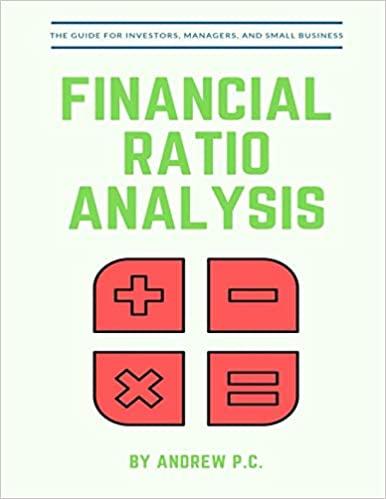Answered step by step
Verified Expert Solution
Question
1 Approved Answer
Consider an individual who has an isoelastic utility function with =1 and $30,000 in liquid financial capital (wealth). They are purchasing insurance for their car
 Consider an individual who has an isoelastic utility function with =1 and $30,000 in liquid financial capital (wealth). They are purchasing insurance for their car and are unsure about the size of the deductible. The current value of car is $25,000, and for the sake of simplicity, assume the only kind of accident they can get in results in their car being completely destroyed. Further suppose that the probability this happens is equal to 0.2%. Finally, suppose they are choosing between the following three insurance policies (I repeat some information to help clarify): Policy 1 - Probability of loss =0.2%. - Loss =$25,000. - Remember, we are assuming they can only purchase full coverage. I.e., they are purchasing 25,000 in coverage. - Deductible =$0 (i.e., no deductible). - Premium =$104. Policy 2 - Probability of loss =0.2%. - Loss =$25,000. - For simplicity, assume the estimated probability of loss does not change across insurance providers. - Deductible =$750. - Premium =$99. 2 QUESTION 2. INSURANCE: DEDUCTIBLES 3 Policy 3 - Probability of loss =0.2%. - Loss =$25,000. - Deductible =$1500. - Premium =$94. Part A (3 marks): Please compute the individual's reservation price for Policy 1. Part B (8 marks): Which insurance policy does the individual choose? (Hint: you can do this without computing the reservation prices). Part C (4 marks): In general, how will the insurance premium (price charged by the insurance provider) vary with the size of the deductible? Explain by commenting on the basic factors involved in pricing insurance. (Note: This is not a trick question and should be (hopefully is) intuitive.) Part D (3 marks): From a practical perspective, why would it be unwise to insure large losses that occur with very high probabilities (hint: extreme examples can help)
Consider an individual who has an isoelastic utility function with =1 and $30,000 in liquid financial capital (wealth). They are purchasing insurance for their car and are unsure about the size of the deductible. The current value of car is $25,000, and for the sake of simplicity, assume the only kind of accident they can get in results in their car being completely destroyed. Further suppose that the probability this happens is equal to 0.2%. Finally, suppose they are choosing between the following three insurance policies (I repeat some information to help clarify): Policy 1 - Probability of loss =0.2%. - Loss =$25,000. - Remember, we are assuming they can only purchase full coverage. I.e., they are purchasing 25,000 in coverage. - Deductible =$0 (i.e., no deductible). - Premium =$104. Policy 2 - Probability of loss =0.2%. - Loss =$25,000. - For simplicity, assume the estimated probability of loss does not change across insurance providers. - Deductible =$750. - Premium =$99. 2 QUESTION 2. INSURANCE: DEDUCTIBLES 3 Policy 3 - Probability of loss =0.2%. - Loss =$25,000. - Deductible =$1500. - Premium =$94. Part A (3 marks): Please compute the individual's reservation price for Policy 1. Part B (8 marks): Which insurance policy does the individual choose? (Hint: you can do this without computing the reservation prices). Part C (4 marks): In general, how will the insurance premium (price charged by the insurance provider) vary with the size of the deductible? Explain by commenting on the basic factors involved in pricing insurance. (Note: This is not a trick question and should be (hopefully is) intuitive.) Part D (3 marks): From a practical perspective, why would it be unwise to insure large losses that occur with very high probabilities (hint: extreme examples can help) Step by Step Solution
There are 3 Steps involved in it
Step: 1

Get Instant Access to Expert-Tailored Solutions
See step-by-step solutions with expert insights and AI powered tools for academic success
Step: 2

Step: 3

Ace Your Homework with AI
Get the answers you need in no time with our AI-driven, step-by-step assistance
Get Started


